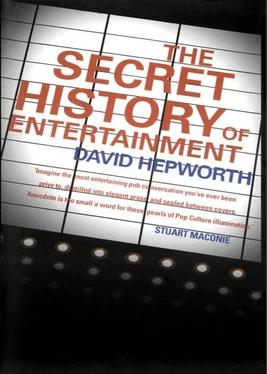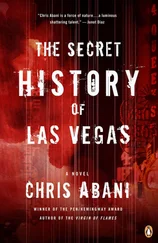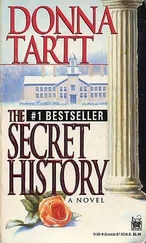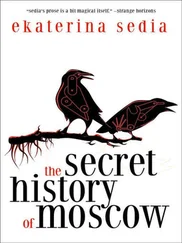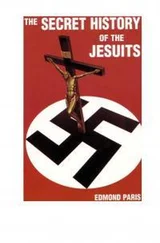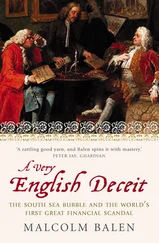The Secret History of Entertainment
David Hepworth

To my wife Alyson and our children Clare, Henry and Imogen
Cover Page
Title Page The Secret History of Entertainment David Hepworth
INTRODUCTION INTRODUCTION The expression ‘anorak’ has become the standard way of describing any individual – generally a male one – who takes an excessive interest in minutiae. But why ‘anorak’? In the 1960s, during the heyday of pirate radio in the UK, devotees of the stations would take pleasure trips out into the North Sea to photograph the boats from which they broadcast. These radio fans were instantly identifiable by the brand new weatherproof gear they had purchased for their voyage. Hence ‘anorak’ became the noun to describe anyone with the kind of chemical imbalance that would lead them to undertake that kind of expedition for no reason beyond the satisfaction of their own curiosity. Or, indeed, to know any of the stories that follow. The Secret History of Entertainment is a collection of stories that not a lot of people know, stories that explain something of how the entertainment business functions and why some huge and familiar things are the way they are. It touches on the strange lives of stars, the exotic language of the business, the unimaginable wealth of the few, and the hard, complicated struggles of the many. It encompasses huge triumph, utter tragedy and some farce. It deals with everything from why there are no laughs in The Simpsons to the economics of hiring The Rolling Stones for your birthday party. It started life as a feature in Word magazine in 2003. This in turn grew out of a conversation in the pub. It was the sort of conversation where people who know too much about nothing very important swap entertainment anecdotage to keep each other amused. If there were two people there who hadn’t heard the story before, it went in. This book has been put together in the same spirit. If you know it all already, then bully for you. After you with the anorak.
ELTON GOES SHOPPING ELTON GOES SHOPPING Every Monday if he’s in the UK, or Tuesday if he’s in the US, Elton John buys three copies of the major new record releases, one for each of his homes in Atlanta, Windsor and the South of France.
ROCK AND ROLL WAS INVENTED BY A LOOSE LUGGAGE STRAP ROCK AND ROLL WAS INVENTED BY A LOOSE LUGGAGE STRAP On 5 March 1951, while on their way down Highway 61 to a recording session in Memphis, touring R&B band Ike Turner’s Kings of Rhythm lost an amplifier off the roof of their Oldsmobile. At the session, producer Sam Phillips attempted to repair the damaged speaker cone with a piece of cardboard. The resulting distorted sound, the musical equivalent of a folded piece of cardboard jammed in bicycle spokes, became the key element of ‘Rocket 88’, the Jackie Brenston side cut at that session which is now widely regarded as the first rock and roll record. The accident that befell guitarist Willie Kizar’s amplifier on the road to Memphis can be considered the father of every subsequent attempt to electronically manipulate sound in the name of excitement.
THE MAN WHO DIED ON A TV CHAT SHOW THE MAN WHO DIED ON A TV CHAT SHOW Jerome Rodale was a pioneer of the health and fitness movement of the late 1960s. His publishing company, Rodale Press, launched the very successful magazine Men’s Health. On 5 June 1971 Rodale, who had predicted he was going to live to be a hundred (‘unless I’m run down by a sugar-crazed taxi driver’), was recording an appearance on The Dick Cavett Show when his chin dropped to his chest and he appeared to be asleep. ‘Are we boring you, Mr Rodale?’ Cavett enquired with unseemly levity. It transpired that Rodale had died of a heart attack. The show was never broadcast but the incident later inspired an unforgettable Alan Partridge show in which the eighty-four-year-old Lord Morgan of Glossop expires on the Partridge couch.
THE MAN WHO WAS MEANT TO BE BOND THE MAN WHO WAS MEANT TO BE BOND Sean Connery established the physical type for James Bond with his appearance in the first Bond film, Dr No, in 1962. But Bond’s creator Ian Fleming had someone rather different in mind when he first unveiled his character in the 1953 book Casino Royale. In the original description of the agent, Vesper Lynd, first in a long line of Bond girls, describes him as ‘very good looking’ and says ‘he reminds me rather of Hoagy Carmichael…there is something cold and ruthless about him’. At the time, Carmichael’s career as a composer of such cosy classics as ‘Stardust’ and ‘Georgia On My Mind’ was winding down. He was sixty when the first Bond film was made. He did make a few film appearances, as in To Have And Have Not , but remained more comfortable straddling the 88s than wielding the Walther PPK. ‘There are other things in life besides music,’ he once remarked. ‘I forget what they are but they’re around.’
THE MYSTERY OF ‘WHAT’S THE FREQUENCY, KENNETH?’ THE MYSTERY OF ‘WHAT’S THE FREQUENCY, KENNETH?’ One evening in 1986, Dan Rather, one of the best-known figures in American network news, was assaulted while walking down Manhattan’s Park Avenue by two well-dressed men he had never seen before. One man punched Rather and kicked him in the back while loudly demanding, ‘Kenneth, what’s the frequency?’ The victim took refuge in a nearby office building and the men ran off. Rather’s account of this puzzling incident was widely disbelieved, given his flair for self-dramatisation (he once took to signing off bulletins with the word ‘courage’), and his alleged assailant’s question was adopted in some quarters as slang to denote cluelessness. In 1997 it was concluded that the man who had set upon him was a disturbed individual named William Tager, by then serving a prison sentence for the murder of an NBC stagehand. At the time, this unfortunate individual was under the impression that the media were beaming messages to him and presumably thought such a prominent member of the media as Rather would know the actual frequency. The incident – or possibly Game Theory’s 1987 song ‘Kenneth, What’s The Frequency?’ – inspired REM’s song of almost the same name on their 1994 album Monster. Dan Rather, who is as averse to personal publicity as most news anchors, subsequently appeared with the group on backing vocals when they undertook a Saturday Night Live appearance.
ALEC GUINNESS’S STAR WARS PENSION ALEC GUINNESS’S STAR WARS PENSION Throughout his career the venerable actor Sir Alec Guinness remained obsessed with the fear of losing his new-found prosperity and tumbling back to his very humble origins. (He was born Alec Cuff, the product of a brief liaison between a barmaid and an unidentified toff. ‘My mother’s a whore,’ Guinness once said. ‘She slept with the entire crew on Lord Moyne’s yacht at the Cowes Regatta.’) Even when firmly established as one of the greatest cinema actors of his generation and constantly in demand for work, guests at his Sussex home were horrified at how parsimonious Guinness could be in everyday matters like food and central heating. In 1975 Guinness had a meeting with an unknown director called George Lucas who wanted him to play Obi-Wan Kenobi in a film he was planning called Star Wars. The initial offer made to him was a fee of $150,000 plus two per cent of the producer’s profit. This was the kind of generosity they needed to show to get a respectable name like Guinness to put on the marquee.
Читать дальше
